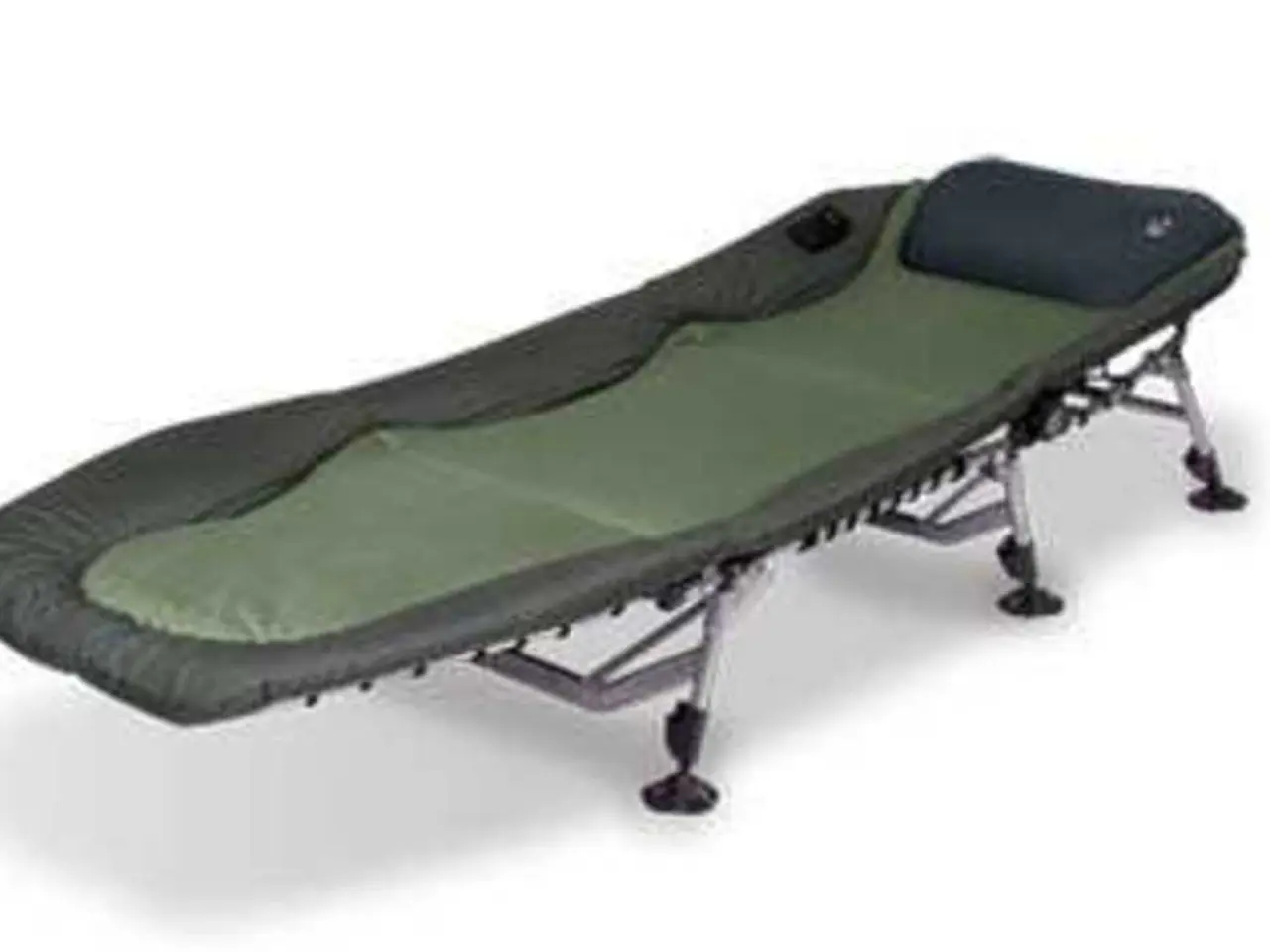Struggling with persistent back or shoulder tension that's hindering your mobility? Here, we delve into practical advice from an authority on the subject.
In the realm of physical health, understanding the difference between mechanical muscle tightness and protective tension is crucial for effective treatment and recovery.
Mechanical muscle tightness, often caused by physical factors such as muscle shortening, overload, or localized tissue issues, tends to feel like a true muscle restriction or stiffness. Unlike protective tension, it may not respond favourably to stretching, especially if the tightness is chronic due to structural issues or overload. Pain or discomfort related to mechanical tightness usually worsens with direct muscle stretch or load if there is tissue irritation.
On the other hand, protective tension is a muscle guarding response driven by the nervous system to protect an area from perceived threat or pain. This tension may feel like tightness, but it is often related to muscle guarding or spasm as the body attempts to stabilize or avoid movement that it interprets as harmful. Protective tension often decreases with relaxation techniques (gentle massage, mindfulness) or after restoring confidence in movement (progressive strength training).
To differentiate between the two, consider the following key differentiators:
| Aspect | Mechanical Muscle Tightness | Protective Tension | |------------------------------|------------------------------------------------------------|------------------------------------------------------| | Cause | Physical muscle shortening, overload, or damaged tissue | Nervous system guarding/protecting a perceived threat| | Response to stretching | Stretching may cause increased soreness or pain, often ineffective | Stretching can sometimes increase tension if nervous system is hypersensitive but gentle techniques help relax muscles| | Associated symptoms | Localized stiffness, pain intensifies after strain or stretch | Muscle guarding, hypersensitivity, generalized tension around injury or pain site | | Movement impact | Stretching or loading tight muscle may feel weak or unstable afterward | Avoidance or protective patterns during movement; tension reduces with gradual loading and neuro rehab| | Nervous system involvement | Less direct unless nerve irritation; symptoms may change with posture or nerve stretch | High; linked to hypersensitivity, emotional stress, or chronic pain signals| | Helpful treatments | Address underlying mechanical causes: load management, recovery, targeted therapy | Gentle soft tissue work, progressive strength training, mind-body relaxation, desensitization exercises[1][3][4][5] |
To help manage stress and promote nervous system regulation, consider incorporating breathing exercises, meditation, and walks in nature into your daily routine. These activities can help decrease stress levels and downregulate the nervous system. Additionally, signing up for CNN's Fitness, But Better newsletter series can help ease into a healthy routine, backed by experts.
For those dealing with protective tension, a gentler, mind-body approach may be necessary. Working with a physical therapist or qualified trainer who is familiar with protective tension can help determine the most appropriate corrective exercises. The 5-7-3 breathing pattern, which involves slow, controlled breathing, can also be used for stress relief, signaling safety to the nervous system.
Remember, adequate rest and recovery are essential for a well-rested nervous system, which is more willing to release guarding mechanisms and allow functional movement. Core stability and postural control play crucial roles in helping the nervous system feel safe and allowing mobility. Sleep quality directly affects the nervous system's threat detection sensitivity, with poor sleep making it more reactive.
By understanding the difference between mechanical muscle tightness and protective tension, individuals can take a more informed approach to their physical health and wellness, leading to more effective treatments and improved overall function.
[1] John Barnes, Myofascial Release Approach: A New Model for Understanding Muscle Tension and Dysfunction. 2010. [2] Travell, S. Simons, D. Myofascial Pain and Dysfunction: The Trigger Point Manual. 1992. [3] Lewit, K. The Biomechanics of Pain. 1992. [4] Kinesiology Taping - A Comprehensive Review of the Literature. Journal of Physical Therapy Science. 2012. [5] The Effects of Kinesiology Taping on Muscle Activity and Pain: A Systematic Review. Journal of Orthopaedic & Sports Physical Therapy. 2014.
Read also:
- Kazakhstan's Deputy Prime Minister holds discussions on the prevailing circumstances in Almaty
- Bundestag Weekly Overview
- Announced: Initial Health Improvement Awards for Local Communities
- Elderly drivers could face a ban from the road if they don't pass a mandatory vision test under government plans, defended by the minister.





